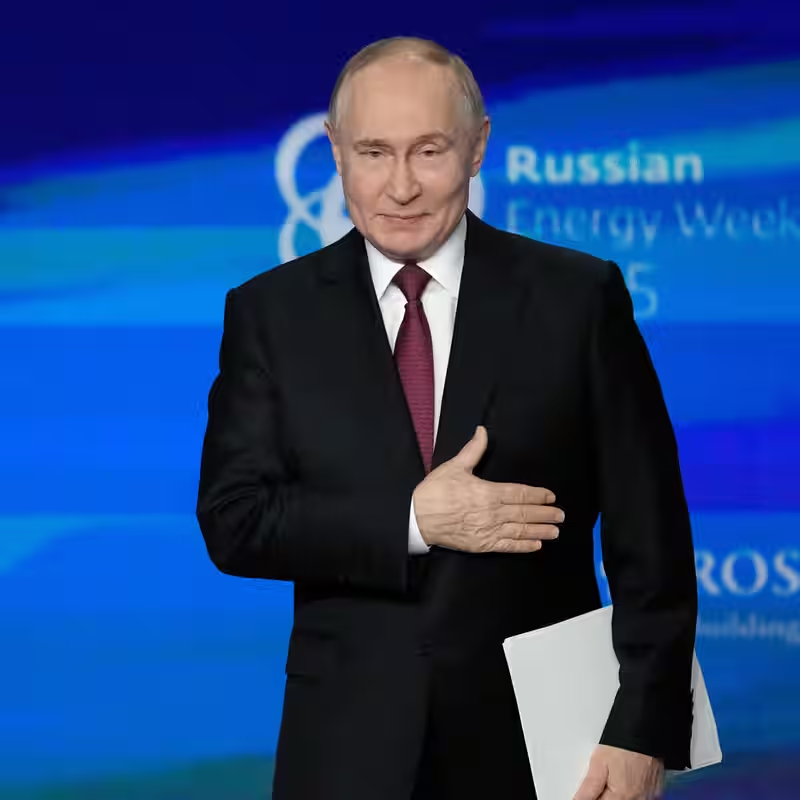Putin has announced a successful test of Russia’s feared Poseidon nuclear-capable underwater drone—a weapon designed to trigger catastrophic tsunamis and unleash radioactive contamination on coastal cities. The test, confirmed by Russian state media on October 29, 2025, marks the latest escalation in Moscow’s strategic weapons showcase and has triggered urgent diplomatic reactions worldwide .
What Is the Poseidon Tsunami Weapon?
Officially dubbed “Poseidon” by Russia (and “Kanyon” by NATO), this intercontinental nuclear-powered torpedo is unlike any traditional missile. Measuring nearly 2 meters in diameter and over 20 meters long, it can travel thousands of kilometers underwater at high speeds, evade detection, and detonate a multi-megaton warhead near enemy shores—intentionally generating massive radioactive tsunamis .
“This isn’t just a weapon of war—it’s a doomsday device,” said Dr. Elena Markova, a former Russian defense analyst now based in Berlin. “Its purpose is psychological deterrence through apocalyptic threat.”
Timing Raises Global Concerns
The Poseidon test comes just days after President Vladimir V. Putin publicly announced another successful trial of Russia’s new nuclear-capable ballistic missile, underscoring a rapid acceleration in Moscow’s strategic weapons deployment amid ongoing tensions in Ukraine and NATO’s eastern flank .
Western intelligence agencies confirm the Poseidon test occurred in the Arctic Ocean, likely near the Novaya Zemlya archipelago—a historic Soviet nuclear testing site. Seismic monitors detected an underwater explosion consistent with a large-yield device, though no radioactive leakage has been reported yet .
Technical Capabilities of the Poseidon System
| Feature | Specification |
|---|---|
| Warhead Yield | Up to 100 megatons (Tsar Bomba-scale) |
| Range | Approx. 10,000 km |
| Speed | Over 100 knots (185 km/h) |
| Stealth | Nuclear-powered, ultra-quiet propulsion |
| Deployment Platform | Modified Oscar-II and Belgorod-class submarines |
Global Reactions Pour In
The U.S. State Department called the test “deeply destabilizing” and warned it violates the spirit of nuclear arms control norms. NATO Secretary-General Mark Rutte stated, “Such weapons serve no purpose other than terror.” Meanwhile, China urged “strategic restraint,” while avoiding direct criticism of Moscow .
Environmental groups have raised alarms about potential oceanic contamination. “Even a ‘clean’ test risks long-term ecological damage in sensitive Arctic waters,” said Greenpeace Oceans Campaigner Lena Johansson.
Historical Context: From Cold War to New Arms Race
Russia first revealed Poseidon in 2018 during a presidential address, framing it as a response to U.S. missile defense systems. Unlike Cold War-era ICBMs, Poseidon is designed to bypass all existing anti-missile shields by traveling underwater—making it nearly impossible to intercept .
Experts warn this test signals a shift toward “asymmetric deterrence,” where Russia leverages exotic, high-impact weapons to offset NATO’s conventional superiority.
What Happens Next?
U.S. intelligence suggests Russia may deploy operational Poseidon systems by 2026. The specially modified submarine *Belgorod*, capable of carrying up to six Poseidon drones, is already undergoing sea trials .
Diplomats are scrambling to revive arms control talks, but with the New START treaty effectively frozen since 2023, prospects remain bleak. “We’re entering a new era of nuclear brinkmanship,” said former U.S. Defense Secretary Chuck Hagel.




